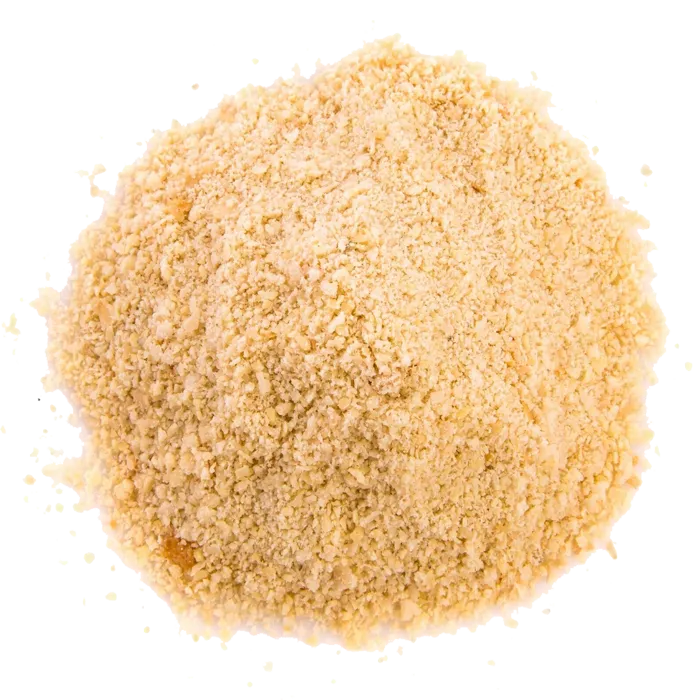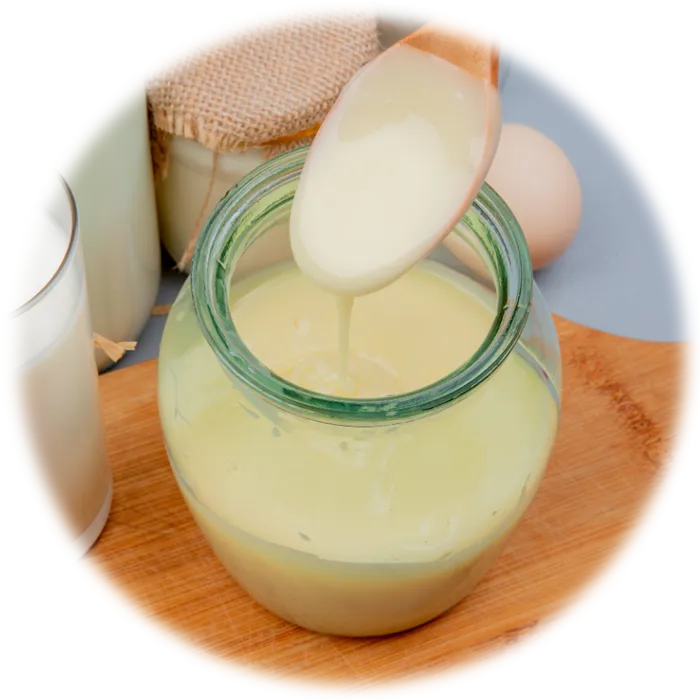

Top Health Benefits of Homemade Burger You Need to Know
This homemade burger offers a balanced combination of essential macronutrients, making it a great choice for a satisfying meal. The ground beef provides a rich source of protein, which is vital for muscle growth, repair, and overall body function. It also delivers important B vitamins, such as niacin and vitamin B12, which are crucial for energy production and red blood cell formation. The addition of egg enhances the burger's protein content, while providing healthy fats, including omega-3 fatty acids, which are beneficial for brain health and reducing inflammation. Onion adds fiber, antioxidants, and compounds that help support heart health. If you choose to include whole grain buns, you’ll also get an additional source of complex carbohydrates and fiber, which promote good digestion and stable energy levels. This burger is also versatile for different dietary preferences, allowing for adjustments in ingredients, like using leaner cuts of meat or plant-based alternatives, making it adaptable to various nutritional needs.
 Beef Shoulder : 500 g
Beef Shoulder : 500 g Onion : 1 Piece
Onion : 1 Piece Breadcrumbs : 2 Tablespoon
Breadcrumbs : 2 Tablespoon Chicken Egg : 1 Piece
Chicken Egg : 1 Piece Salt : as needed
Salt : as needed black pepper : to taste
black pepper : to taste Garlic Powder : 1/2 Teaspoon
Garlic Powder : 1/2 Teaspoon Paprika : 1/2 Teaspoon
Paprika : 1/2 Teaspoon Frying Oil : as needed
Frying Oil : as needed Hamburger bun : 4 Piece
Hamburger bun : 4 Piece Tomato : 2 Piece
Tomato : 2 Piece Lactose : 4 sheets
Lactose : 4 sheets Pickle : 2 Piece
Pickle : 2 Piece Tomato Sauce : to taste
Tomato Sauce : to tasteRecipe :
For 4 people
Enjoy your homemade delicious burgers!
When preparing this homemade burger, there are several key factors to ensure the best results. First, choose high-quality ground meat, ideally a mix of beef and lamb, for a rich flavor. To enhance the texture and flavor, grate and squeeze out the excess water from the onion before adding it to the mixture—this helps to prevent the burgers from becoming too watery. If you’re adding breadcrumbs or egg for better binding, make sure to mix everything well to avoid any lumps, ensuring that the patties hold together during cooking. Before cooking, chill the patties in the fridge for 30 minutes to help them firm up, making them less likely to fall apart while being cooked. When cooking, use medium heat to ensure that the burgers cook through evenly without burning on the outside. For a healthier option, consider using a grill or cast-iron skillet for cooking, which allows excess fat to drain away. Lastly, when assembling the burger, consider adding fresh vegetables like lettuce, tomato, and pickles for added nutrition and crunch.

This homemade burger is suitable for various diets, but there are certain dietary preferences that should be taken into account. For those following a Ketogenic diet, the burger is a great option when paired with low-carb alternatives, such as lettuce wraps instead of buns, as it’s high in protein and fats while low in carbs. However, for those on a Vegan or Vegetarian diet, this burger is not suitable unless substitutions are made, such as replacing the meat with plant-based protein options like lentils, chickpeas, or tofu. The burger can also be easily adapted for a Gluten-Free diet by choosing a gluten-free bun or skipping the bun entirely and opting for a salad-style serving. If you are following a Paleo diet, you can eliminate the bun and opt for a lettuce wrap, ensuring the burger is made with unprocessed, natural ingredients. For those on a Low-Calorie diet, it’s best to reduce the portion size or opt for leaner cuts of meat and skip the bun to keep the calorie count lower. DASH dieters should focus on reducing the amount of added salt and may want to choose leaner meat and whole-grain buns to keep the meal heart-healthy. Overall, this burger is versatile but should be customized based on specific dietary goals.
Hfub_67gh (March 28, 2025, 2:16 a.m.) : Wow
gf4john (March 30, 2025, 8:33 a.m.) : very good
theo (May 20, 2025, 11:34 p.m.) : These homemade burgers turned out juicy and flavorful! I really liked the hint of paprika—it added a subtle smoky kick. Chilling the patties beforehand definitely helped them stay intact while cooking. I tried mine with a garlic aioli and caramelized onions for an extra twist, and it was a hit. This recipe is simple but leaves plenty of room for creativity with toppings and sauces. Perfect for a weekend cookout or casual dinner!